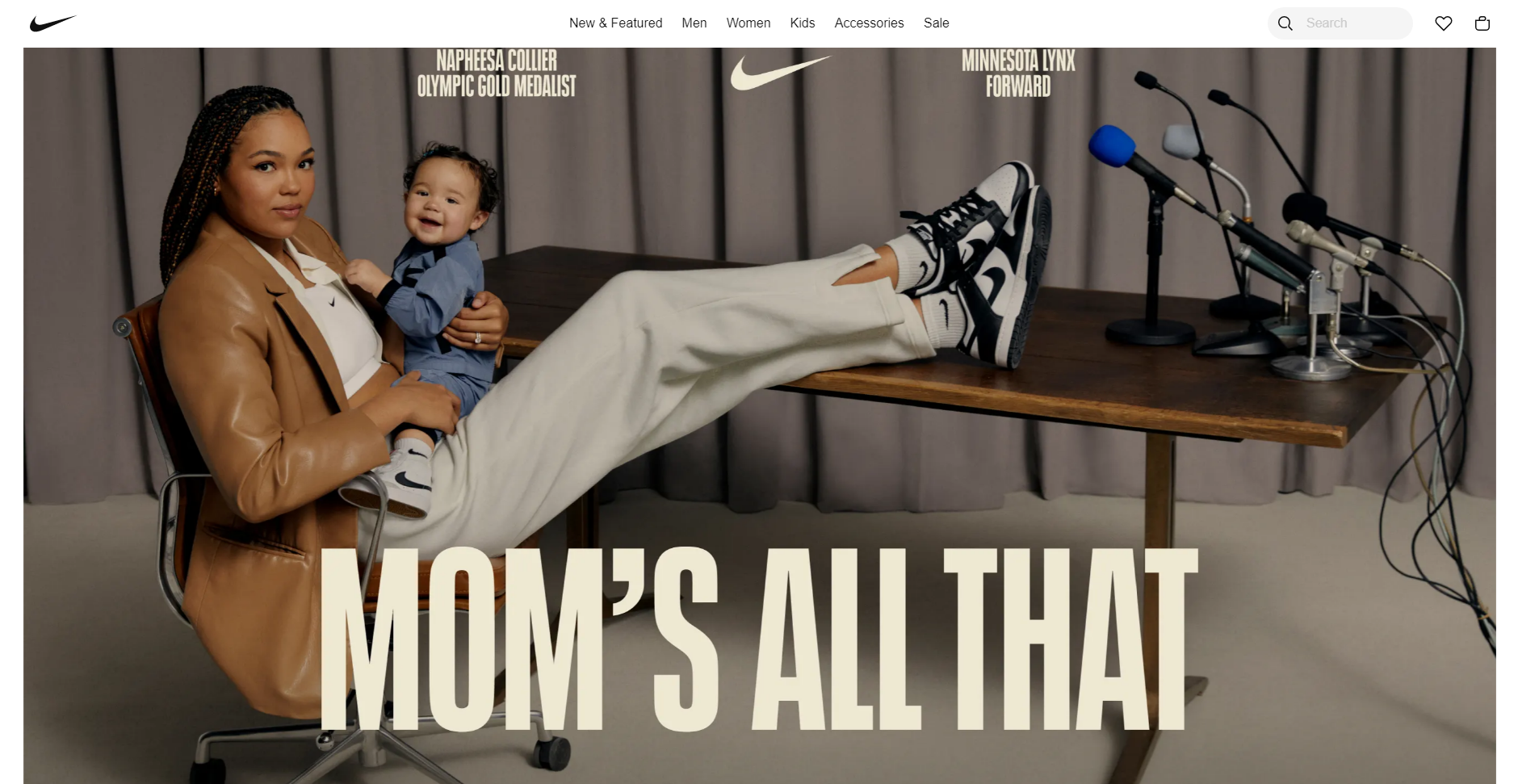Article
How Your Brand Voice Can Speak Volumes


In today’s hyper-competitive marketplace, it’s becoming increasingly challenging to stand out from the crowd. With so many brands trying to capture eyes, it's crucial to find authentic ways to distinguish your brand and create a strong connection with your target audience. One powerful tool in your arsenal to do just that is your brand voice.
A distinct voice is integral to establishing your brand’s purpose and value to your customers. In this article, we'll explore how developing a unique brand voice can help your brand differentiate itself, connect with your audience and ultimately drive business success.
What is a brand voice?
Your brand voice is the personality and messaging style you use in all your communication channels. It's the way you express your company's core values, and it can make all the difference in how your brand is perceived.
There’s an important distinction between voice and tone. Your tone may change slightly depending on the channel with which you’re communicating. You might, for example, use a more casual tone when engaging with users on Twitter and a more formal tone on your website. But you only have one voice that remains consistent throughout all your communications.
Your voice is your primary message. It works hand in hand with your visual identity to define what you represent when people see and read anything from your brand. It includes specific guidelines around the words you use and the way you deliver them to express your key messaging.
Think of the most prominent brands in the world, and you can probably remember the way they communicate. Nike, for example, uses brief, confident messaging aimed to embolden their customers. That voice helps them transcend beyond a company that sells shoes: it establishes them as a brand that pushes limitations and helps people reach their full potential.

At the end of the day, that’s what a brand’s main purpose is: to inspire belief in something that encourages more business. When your brand voice is aligned with that something, it helps people understand why they should buy from you over every other brand.
What makes a brand voice succeed?
Above all else, a brand voice must be authentic to what your brand stands for. If you provide sophisticated technologies or feature intellectual property, your voice should probably exude expertise, authority and leadership. If you’re raising funds for a nonprofit devoted to curing cancer, you likely want to express empathy where appropriate, and appeal to the emotional side of your target audience.
In that sense, you don’t create a brand voice out of thin air—you have to find it from within your brand’s core values. Take some time to determine why people come to your business over others, and speak to the promise that your brand is fulfilling. There’s always something that your brand is offering beyond products and services. Is it convenience? Consistency? Innovation? That core offering is what your brand voice should spring from.
When your voice speaks to that authentic value, all of your messaging will reinforce it and build recognition of your brand over time. That’s how you earn repeat customers who understand your mission and want to participate in your brand’s promise. It also serves to remind people why they value your brand over competitors.
Keep in mind that your voice can still be authentic even when you want to change the perception around your brand. A brand that is rapidly expanding, for example, might refine its voice to speak to a new set of corporate goals through slightly different talking points and language, but can stay true to its identity by sticking to core tenets about the ways it empowers customers to do something.
In the same way that an authentic brand voice captures people’s attention, an inauthentic voice can turn people off from your brand. Audiences can sense inauthenticity when your voice doesn’t match up with what you’re providing them, or if it promises something that your company is failing to deliver. That’s why brand voice should come out of an extensive research process that evaluates your brand’s strengths and weaknesses (but more on that later).
Hand-in-hand with authenticity is consistency: your brand doesn’t have a clear voice if your messaging sounds different depending on the writer. Creating clear guidelines to share internally will go a long way towards making your brand voice consistent and gaining internal buy-in for your brand. Those guidelines will also give your team a purpose behind everything they write, empowering them to create authentic messages more easily.
How do I find my brand’s voice?
Before you can develop a brand voice, you need to have a clear understanding of your brand's identity. This includes your brand's mission, values, personality, and target audience. All of those factors provide a foundation for your brand from which an authentic voice can be drawn out.
Figuring out that identity comes from comprehensive research into your brand’s key differentiators. It may be easy to assume that you know your brand better than anyone else, but through interviews with clients and key stakeholders you’ll begin to understand the bigger picture behind what drives value for your brand. This discovery process holds a mirror up to your brand and helps you suss out the core identity that energizes everything you do.
Once you have that brand identity clarified, it’s time to build out the language and style with which you communicate your brand. Questions you’ll want to consider include:
- What language do you use to describe your company?
- What level of professionalism or relatability do you use in your language?
- How accessible should your language be? Is it aimed towards the average reader or for seasoned professionals in your field?
- What personality encapsulates your voice? Are you confident? Helpful? Smart?
- What is your communication style? How do you handle common stylistic questions (serial commas, numerals versus written numbers, etc.)?
With those questions answered, lay out clear guidelines that explain the rules associated with the brand voice and disseminate them to your team. Just like how a brand’s visual identity has clear rules around colors, typography, and imagery, your voice guidelines should have examples of accurate and inaccurate uses of your brand voice.
You might also provide lists of certain words to avoid or use in your messaging. This will help ensure consistency across the company and provide a resource for your team to draw from for all of their communications.
Finally, present this information in a rollout campaign that builds up excitement and buy-in for your brand. A newly-clarified brand voice can serve to increase your team’s investment in the work they’re doing and think of new ways to express your brand’s mission to your audience.
Properly implemented, your brand voice can seriously impact the way in which people think about your brand, both internally and externally. Once it’s aligned with your broader brand goals, it will clearly communicate what makes your brand worth working with.
A Few More Insights
If you’re looking for ways to enhance the way your brand reaches its audience, reach out to us. For more insights into building a clear brand identity, explore these other articles from branding experts:
- The Beginner’s Guide to Writing Website Content
- Web Typography: 5 Frequently Asked Questions
- How Customer Journey Mapping Helps You Understand Your Audience
Scott Redepenning is a contributing author to BrandExtract who specializes in brand voice and written creative direction.




